
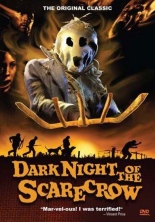 Made-for-TV movies didn’t always suck. In the 1970s and very early ’80s, they were downright awesome. Just look at Duel, Gargoyles, Killdozer, Dead of Night and Don’t Be Afraid of the Dark — solid, well-oiled genre flicks one and all. But the best of these spookshows was Frank De Felitta’s Dark Night of the Scarecrow (sorry, folks, but Trilogy of Terror is only one-third good).
Made-for-TV movies didn’t always suck. In the 1970s and very early ’80s, they were downright awesome. Just look at Duel, Gargoyles, Killdozer, Dead of Night and Don’t Be Afraid of the Dark — solid, well-oiled genre flicks one and all. But the best of these spookshows was Frank De Felitta’s Dark Night of the Scarecrow (sorry, folks, but Trilogy of Terror is only one-third good).
Charles Durning headlines as Otis, a sweaty, pumpkin-assed small-town postman who’s also a closet alcoholic, big-time bigot and all-around loser. When the mentally handicapped Bubba Ritter (Larry Drake) carries the torn-up, near-lifeless body of a little girl to her mother, Otis and pals assume the worst and grab their guns.
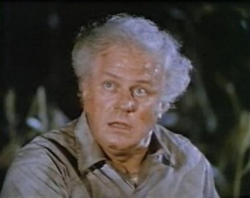 Bubba’s mom hides him in the scarecrow on their farm field, but the vigilante mob finds him and shoots him dead. And for nothing: Bubba saved the little girl’s life; ’twas a vicious dog to blame for her bloodiness. D’oh! Just desserts arrive as a scarecrow comes a-knockin’ for vengeance, one by one. You might say they get the short end of the straw. (Insert rimshot here.)
Bubba’s mom hides him in the scarecrow on their farm field, but the vigilante mob finds him and shoots him dead. And for nothing: Bubba saved the little girl’s life; ’twas a vicious dog to blame for her bloodiness. D’oh! Just desserts arrive as a scarecrow comes a-knockin’ for vengeance, one by one. You might say they get the short end of the straw. (Insert rimshot here.)
So much of this movie has haunted me since I saw its CBS Saturday prime-time premiere at the age of 10. Nearly three decades later, it still holds up — sadly, so does the small-mindedness of its characters — as a creepy, effective slasher film, minus the slashing. You won’t miss it; this is a well-told story that gets its thrills the old-fashioned way: It earns them. This is a true horror treasure. —Rod Lott

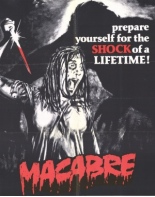
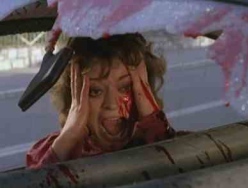 One year later, Jane is released from an asylum and moves into the old house where she and Frank used to meet. The blind landlord, Robert (Stanko Molnar), who has a crush on her, is glad she’s back until he starts hearing the sounds of passion issuing from her apartment as she calls out Frank’s name.
One year later, Jane is released from an asylum and moves into the old house where she and Frank used to meet. The blind landlord, Robert (Stanko Molnar), who has a crush on her, is glad she’s back until he starts hearing the sounds of passion issuing from her apartment as she calls out Frank’s name.
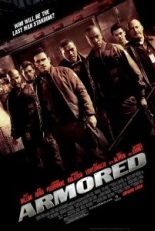
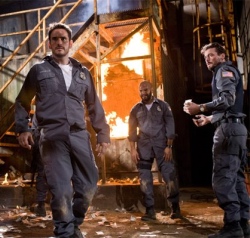 Needing money so child welfare can’t split him from his orphaned little brother, who likes to graffiti owls on their kitchen wall, Ty agrees, even though Skeet is involved. All goes according to plan until some asshole hobo has to fuck everything up, and, well, money corrupts, especially when we’re talking enough Benjamins to fund a Dillon vehicle.
Needing money so child welfare can’t split him from his orphaned little brother, who likes to graffiti owls on their kitchen wall, Ty agrees, even though Skeet is involved. All goes according to plan until some asshole hobo has to fuck everything up, and, well, money corrupts, especially when we’re talking enough Benjamins to fund a Dillon vehicle. 
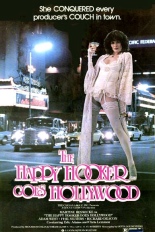
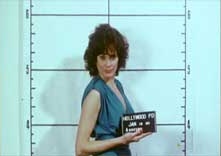 Drawn to Los Angeles to sell her life story to Phil Silvers’ troubled Warkoff Brothers Studios, she decides instead to go the independent route when she discovers that lover/Silvers’ lackey Adam West is an even bigger whore than she is. Naturally, in order to finance the film, the merry madam turns to her crew of pneumatic working girls, who bring in big profits and bigger comedic complications.
Drawn to Los Angeles to sell her life story to Phil Silvers’ troubled Warkoff Brothers Studios, she decides instead to go the independent route when she discovers that lover/Silvers’ lackey Adam West is an even bigger whore than she is. Naturally, in order to finance the film, the merry madam turns to her crew of pneumatic working girls, who bring in big profits and bigger comedic complications.
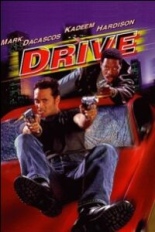
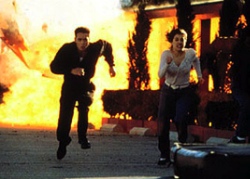 Drive is so much fun that not even Hardison or Murphy — neither a reliable presence — can kill it. Directed by Steve Wang (
Drive is so much fun that not even Hardison or Murphy — neither a reliable presence — can kill it. Directed by Steve Wang (